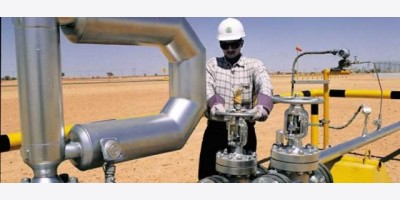
by Le Phuong, Xinhua
Vietnam is said to be a home for motorbikes as it is among the few countries in the world where this vehicle runs countrywide. Currently, motorbikes are still the most convenient means of transportation used by most Vietnamese.
According to the latest statistics from Vietnam’s transport ministry, the country has 38 million registered motorbikes, which makes it the world’s fourth largest motorbike market after China, India and Indonesia.
Opinions have been voiced, however, about the bikes’ responsibility for causing traffic jams and accidents in Vietnam and whether it is necessary to reduce the number of motorbikes. However, research conducted for the national strategy on the safety of road transport showed that by 2020 motorbikes will still be a key important road vehicle in Vietnam.
In the latest adjusted plan on road transportation development in Vietnam to 2020 and a vision to 2030, the number of motorbikes will be kept at 36 million by 2020. However, as of the end of March 2013, the number of registered motorbikes surpassed 37 million, far beyond the scheduled 36 million. On average, each month, the transport ministry issues licences to over three million new motorbikes. At this pace, the number will likely hit 40.5 million by 2020.
Motorbikes are mostly used in big cities, like the capital Hanoi and southern Ho Chi Minh City, accounting for 30% and 35%, respectively, of the total operating in the country. It meets 90% of the citizens’ demand for transportation, accounting for 95% of the total vehicles running in the country, reported the ministry. “Many Vietnamese are using motorbikes because the price of this vehicle is suitable for the income of most users, at around 25 million VND ($1,200) per unit. In addition, in the context of the current road infrastructure still being poor and public transport being insufficient, motorbikes are still a mobile and convenient means of transport in Vietnam,” said Nguyen Thanh Phuong, deputy head of Bac Ninh Province’s Committee on the Traffic Safety. He also said motorbikes are not only a means for personal transport, but for transporting goods as well.
Pham Trung Kien, 50, owner of a private company in Ho Chi Minh City, said he has both a motorbike and a car, but he often goes to the office by motorbike due to its convenience than using the car.
“The roads are not good enough, and traffic jams often occur during rush hours, so I ride my motorbike to the office to avoid such problems,” Kien said, adding that he drives his car when taking his family for weekend picnics or for some special assignments with his trade partners. Tu Uyen, a 35-year-old primary teacher in the Go Vap district, said in most well-off families in the city, each member over 18 years old can own a motorbike.
“I ride my motorbike to school every day and outside the city within a perimeter of about 100km, no problem at all,” Tu Uyen added. Meanwhile, 40-year-old Phan Van Khai, a worker at an industrial park in the city, said he had used a motorbike for more than 20 years. Besides using it as a means of transport to get to work, Khai made it into a “xe om” (two-wheel taxi) to carry passengers or goods to earn more money during his free time, and the job brings him an extra 3 million VND ($150) a month.
Currently, more than 96% of the motorbike market in Vietnam is shared by five famous brands, including Honda, Yamaha, Suzuki, Piaggio and VMEP. Of these giants, Honda accounts for the most sales, with total output of more than 2.5 million units per year. Statistics from Honda Vietnam revealed that in 2012, the number of motorbikes sold in Vietnam totalled 3.11 million, of which 1.97 million were sold by Honda Vietnam. However, the figure decreased to 1.87 million in 2013.























